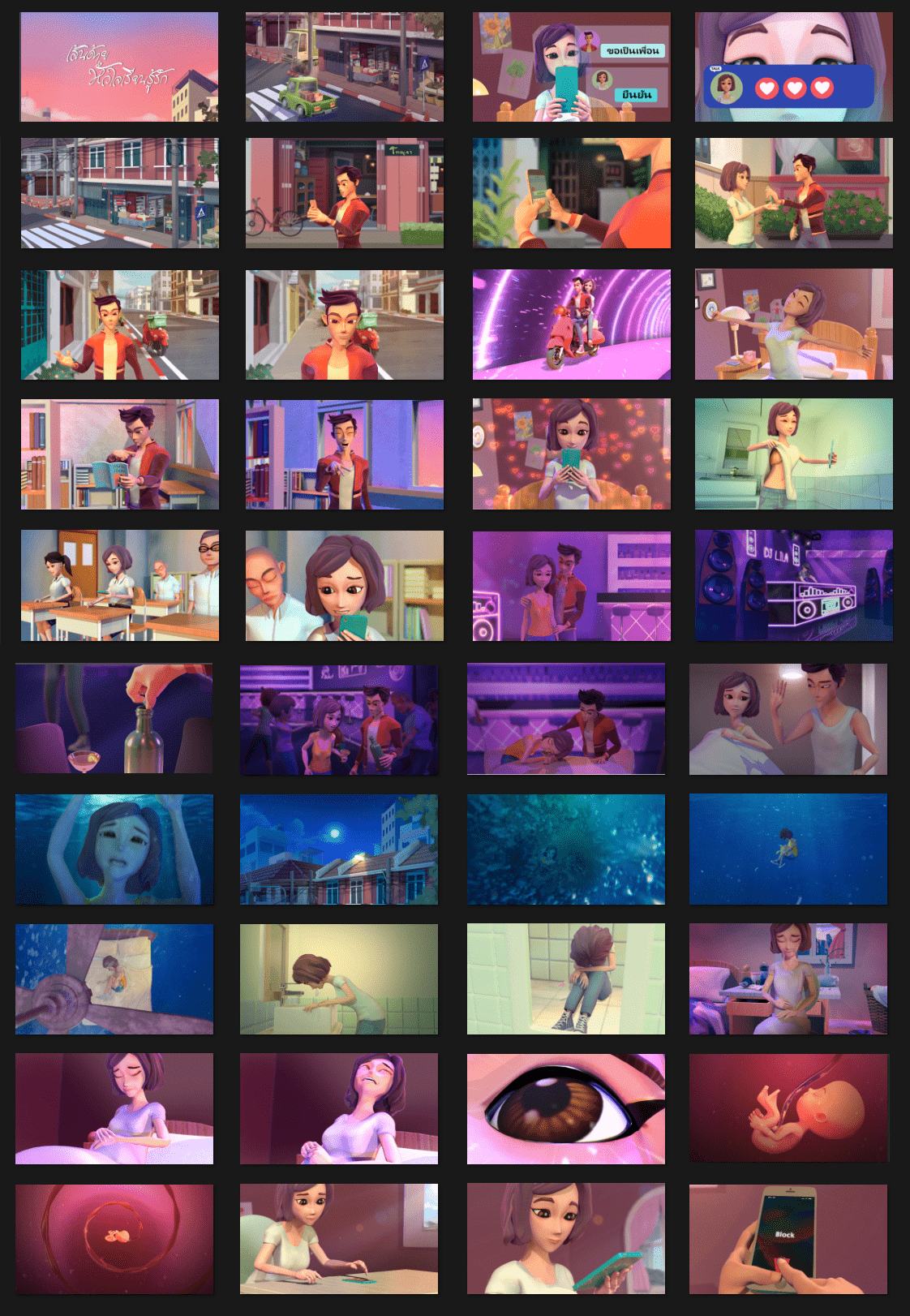
Asst. Prof. Hathaichanok Chiengthong



Abstract :
Adolescence is a pivotal stage in life, encompassing various aspects such as physical, mental, emotional, and social dimensions. There is a strong desire for exploration and experimentation during this period, including the willingness to take risks related to being deceived and manipulated. The challenges multiply when communicating about sexuality with adolescents who have hearing impairments. The limited access to sexual information due to hearing limitations creates a risk of being deprived of positive sexual experiences and accurate sexual knowledge. This increases the vulnerability to being marginalized, exploited, and experiencing sexual abuse, both physically and mentally, by both individuals with hearing impairments and the general population.
Objectives :
Project aims to:
1.Create media content to provide knowledge on sexual health and prevention of early pregnancy issues specifically tailored for youths with hearing impairments.
2.Develop educational media to keep pace with online content, aiming to address the risks of being lured and manipulated through online platforms, promoting safe sexual behaviours.
3.Study the behaviours of deaf children and gather information to guide the design and development of media content, utilizing their experiences as a basis for creating effective educational materials.
Conceptual Framework :
Background: Preventing abuse of deaf children is important because every child deserves to grow up in a safe and nurturing environment, regardless of their abilities or disabilities. Deaf children are particularly vulnerable to abuse due to communication barriers, dependency on caregivers, and limited access to information about abuse. Protecting them from abuse not only ensures their well-being but also upholds their fundamental rights to safety, dignity, and protection.
Conceptual Framework: Assess their knowledge needs, survey the literature to provide the most recent research evidence, produce various knowledge translation tools, and support concept art.
Process / Methodology :
To apply the knowledge gained from research to develop concepts.
Questions for research
– Why is preventing abuse of deaf children important?
– How will it help?
Value of visual arts
– Aesthetic Value
– Content Value
Workflow > Process > Synthesis Process to create works > Artwork
Pre Production
– Brainstorming
– Creative planning
– Sketch
– Concept Art for Comic and Animation
– Pre-vis
Production 2 Past
Past 1 / Comic
- Develop a Concept
- Create Character Designs for Comic
- Storyboarding
- Drawing and Inking
- Lettering and Dialogue
- Editing and Prevising
Past 2 / 3D Animation
- Modeling
- Texturing
- Lighting
- Rigging
- Animation
- Rendering
Post Production
- Compositing
- Sound editing* music in animation for deaf children allows them to feel the vibrations of the music, even though they cannot hear the sound.
- Video Editing
Techniques and Materials :
Comic book and 3D Animation Size: HD (High Definition) 1280 x 720
Result / Conclusion :
The project has employed a combination of design knowledge and creative thinking, adapting communication to make children aware that situations leading to sexual abuse can occur in their daily lives, and that their own actions can be pivotal in avoiding such dangers. Through data analysis, it was found that designing print media for children with hearing impairments, particularly if involving text, must ensure readability by presenting information concisely, clearly, and accurately. The use of text should be minimized, prioritizing visual communication. In the case of animated media, sign language interpreters or subtitles should be included. Music in animation for deaf children allows them to feel the vibrations of the music, even though they cannot hear the sound Therefore, it is crucial in creating an engaging and enriching experience. Utilizing comic books and animated cartoons has been instrumental in simplifying complex content for this specific group of children. Furthermore, teachers or parents can utilize these media as an alternative instructional resource.
References :
1.กัญญา ตาแสงสา, ตติรัตน์ เตชะศักดิ์ศรี, และสุพิศ ศิริอรุณรัตน์. (2562). ปัจจัยที่มีอิทธิพลต่อการมีส่วนร่วมในการดูแลหญิงตั้งครรภ์ของสามีวัยรุ่น. วารสารการพยาบาลและการดูแลสุขภาพ, 37(3),49-58.
2.จุไรรัตน์ดวงจันทร์, กมลพรรณ วัฒนากร, ชุติมา เทียนชัยทัศน์, อัจฉราวดีศรียะศักดิ์, และกนกภรณ์ อ่วมพราหมณ์. (2562). ปัจจัยทำนายความตั้งใจในการป้องกันการตั้งครรภ์ก่อนวัยอันควรของนักเรียนหญิงระดับมัธยมศึกษาตอนต้น. วารสารเครือข่ายวิทยาลัยพยาบาลและการสาธารณสุขภาคใต้, 6(พิเศษ), 15-28
3.ชนิตา ทองวิไล.(2559). ผลการใช้กิจกรรมศิลปะตามแนวคิดอัตมโนทัศน์ เพื่อส่งเสริมการเห็นคุณค่าในตนเองของนักเรียนที่มีความบกพร่องทางการได้ยิน ชั้นมัธยมศึกษาตอนต้น. มหาวิทยาลัยศิลปากร